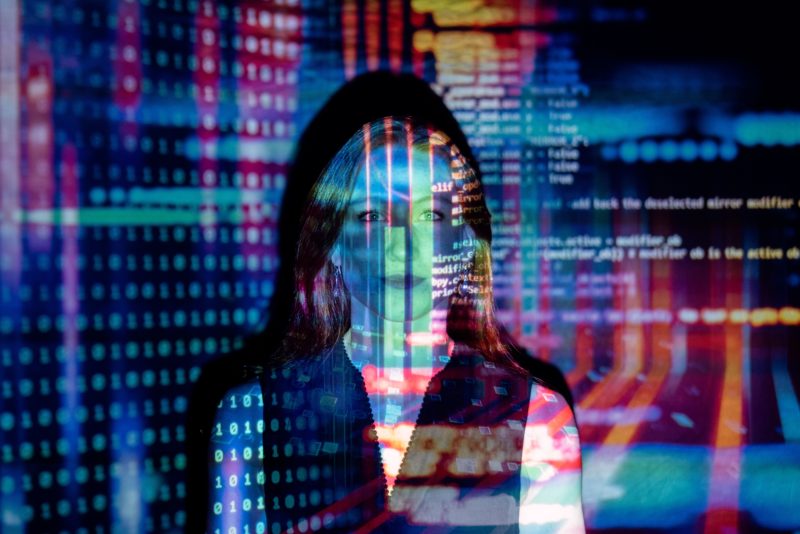UPDATE: On April 14, 2022, the Minister of Health announced that the federal government will not proceed with amendments to the Patented Medicines Regulations introducing new pharmacoeconomic factors and requiring that price and revenue information be reported net of all adjustments. The federal government will proceed with amendments establishing a new basket of comparator countries, with a coming-into-force date of July 1, 2022. For more information, see our Life Sciences Bulletin on the Minister’s announcement.
_______________________
In December 2021, the Patented Medicine Prices Review Board (the “PMPRB”) and the Minister of Health issued two updates regarding the Regulations Amending the Patented Medicines Regulations (the “Amendments”) and the new PMPRB Guidelines (the “New Guidelines”). These notably include a further deferral of the coming-into-force date of the Amendments. The updates, along with the Federal Court of Appeal’s (“FCA”) July 2021 decision in Alexion Pharmaceuticals Inc v Canada (Attorney General), 2021 FCA 157 (“Alexion”), may have important implications for pharmaceutical patentees in Canada as they implement or revise their pricing strategy for 2022 and beyond.
The 2022 PMPRB Outlook for Pharmaceutical Patentees in Canada



